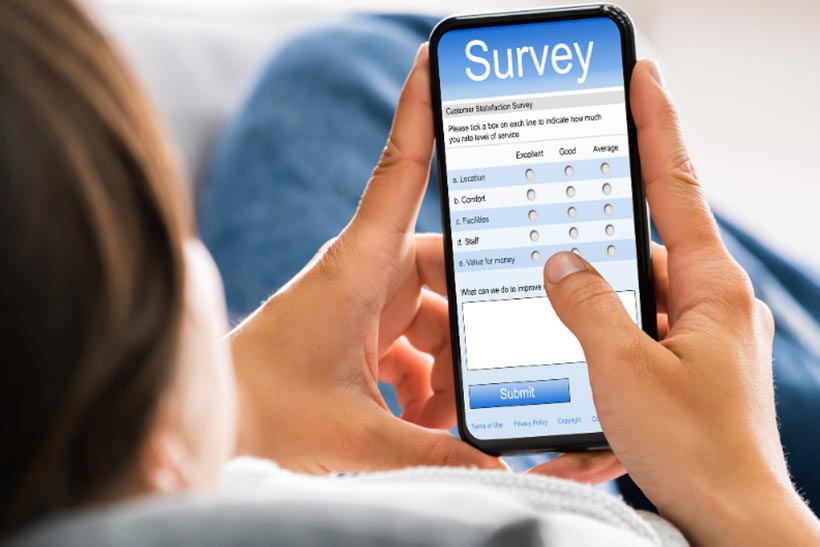In today’s digital age, conducting surveys has become an essential part of gathering valuable insights and feedback from customers, employees, and other stakeholders. However, getting people to respond to surveys can be challenging, especially with the increasing volume of survey requests bombarding individuals every day. So, how can you ensure that your survey stands out and garners the responses you need? In this article, we’ll explore some effective strategies for boosting survey response rates.
Understanding the Importance of Survey Responses
Why Survey Responses Matter
Before diving into strategies for increasing survey response rates, it’s essential to understand why survey responses are crucial. Survey responses provide valuable data and insights that can inform decision-making, drive improvements, and enhance overall performance. Whether you’re seeking feedback on a product, service, or employee satisfaction, the quality and quantity of survey responses directly impact the effectiveness of your initiatives.
Crafting Compelling Surveys
Designing Engaging Survey Questions
The first step in getting your survey answered is creating engaging and relevant survey questions. Ensure that your questions are clear, concise, and easy to understand. Avoid using technical jargon or complex language that may confuse respondents. Instead, focus on asking questions that are directly related to the survey’s purpose and objectives.
Utilizing Interactive Features
Incorporating interactive features such as sliders, rating scales, and multiple-choice questions can make surveys more engaging and enjoyable for respondents. Interactive elements not only make the survey-taking process more interactive but also encourage respondents to provide more thoughtful and detailed responses.
Enhancing Survey Distribution
Choosing the Right Distribution Channels
Selecting the appropriate distribution channels is crucial for reaching your target audience and maximizing survey response rates. Consider leveraging multiple channels such as email, social media, and website pop-ups to reach a diverse audience. Additionally, explore partnerships with relevant organizations or communities to expand your survey’s reach.
Timing and Frequency
Timing and frequency play a significant role in survey response rates. Avoid sending surveys during peak hours or busy periods when respondents may be less likely to engage. Instead, aim to distribute surveys during times when your target audience is most likely to be available and receptive to providing feedback.
Incentivizing Survey Participation
Offering Incentives
Offering incentives can be an effective way to motivate respondents to participate in your survey. Whether it’s a discount, gift card, or entry into a prize draw, incentives provide an extra incentive for respondents to take the time to complete your survey. However, be sure to choose incentives that are relevant to your audience and align with your survey’s objectives.
Communicating Value
Clearly communicate the value of participating in your survey to potential respondents. Let them know how their feedback will be used to improve products, services, or processes. By highlighting the impact their responses will have, you can encourage greater participation and engagement.
Leveraging IVR Surveys

IVR Survey Integration
Integrating Interactive Voice Response (IVR) surveys into your survey strategy can help reach respondents who may not have access to traditional online survey platforms.
IVR surveys allow respondents to provide feedback via phone, making it accessible to a broader audience, including those without internet access or smartphones.
Personalization and Customization
Personalizing IVR surveys by addressing respondents by name or tailoring questions based on previous interactions can enhance engagement and response rates. Additionally, offering customization options such as language preferences can ensure inclusivity and make respondents feel valued.
Analyzing and Acting on Survey Results

Analyzing Survey Data
Once you’ve collected survey responses, it’s essential to analyze the data promptly and thoroughly. Use analytics tools to identify trends, patterns, and insights within the data.
Pay attention to both quantitative metrics (e.g., response rates, satisfaction scores) and qualitative feedback (e.g., open-ended responses) to gain a comprehensive understanding of the results.
Implementing Actionable Insights
Finally, take action based on the insights gathered from your survey responses. Use the data to inform decision-making, drive improvements, and implement changes that address identified issues or areas for enhancement.
By demonstrating that you value and act on feedback, you can encourage future survey participation and foster a culture of continuous improvement.
IVR Surveys and Enhancing Customer Satisfaction
The Most Effective Strategies to Grow Your Customer Base
Conclusion
In conclusion, getting your survey answered requires a strategic approach that focuses on crafting compelling surveys, optimizing distribution channels, incentivizing participation, leveraging IVR surveys, and analyzing and acting on survey results.
implementing these strategies, you can maximize survey response rates, gather valuable insights, and drive positive outcomes for your organization. Remember that continuous improvement is key, so be sure to monitor and adjust your survey strategy based on feedback and results.

